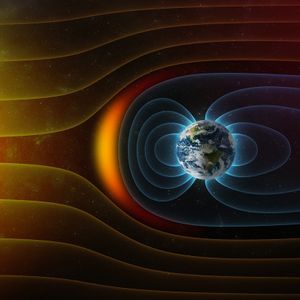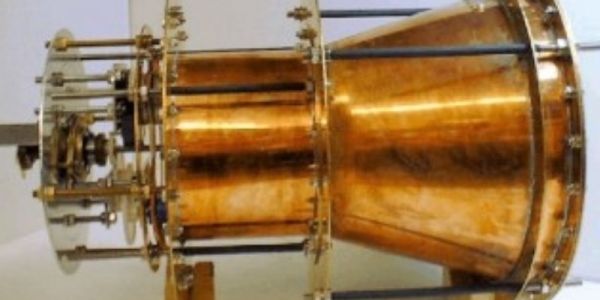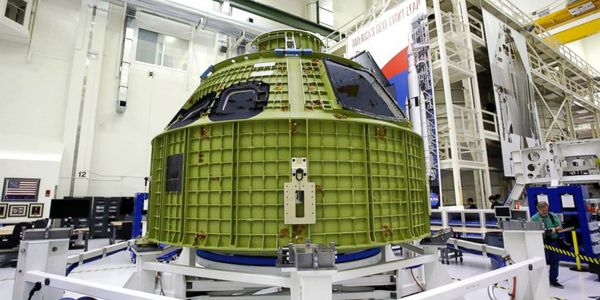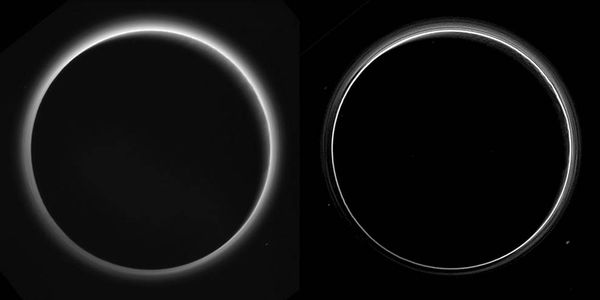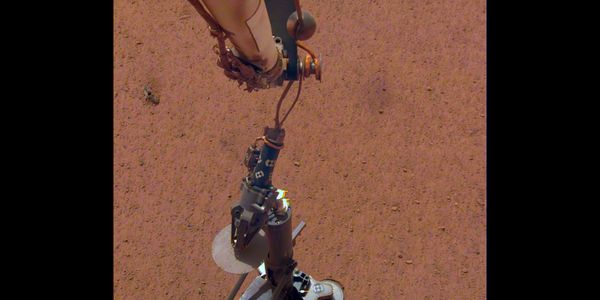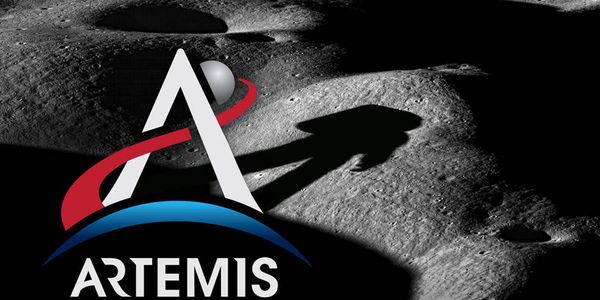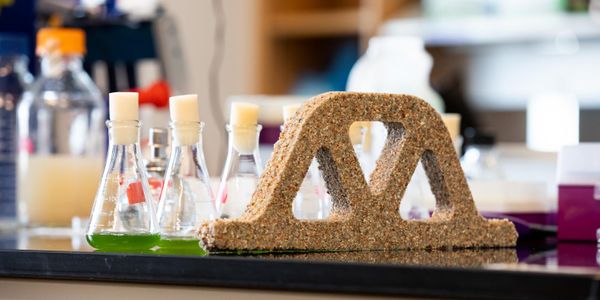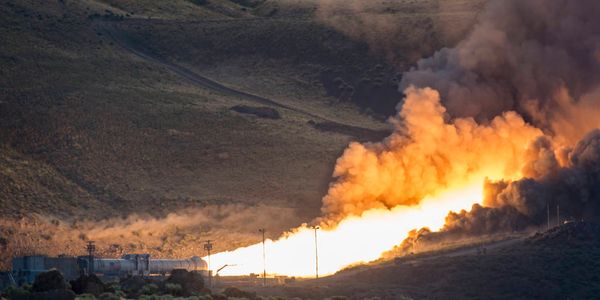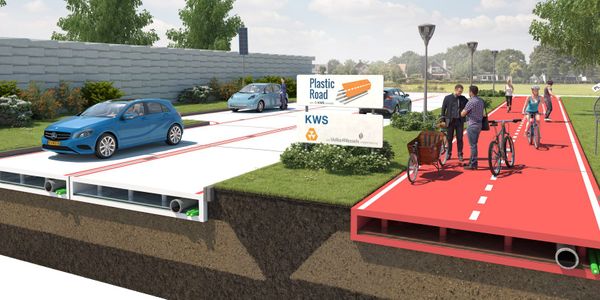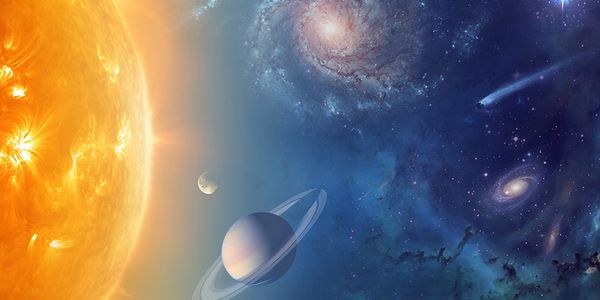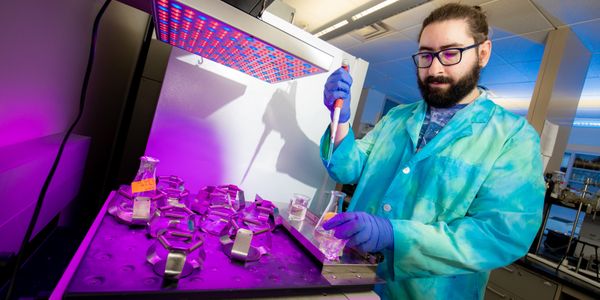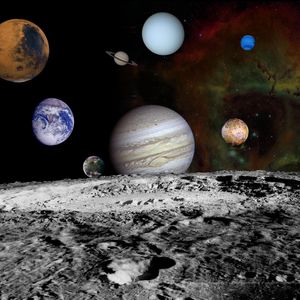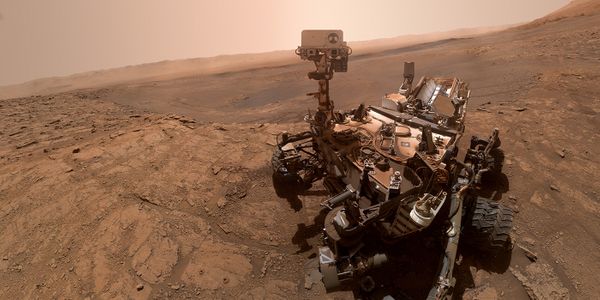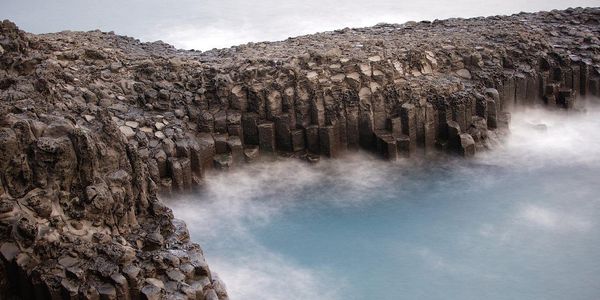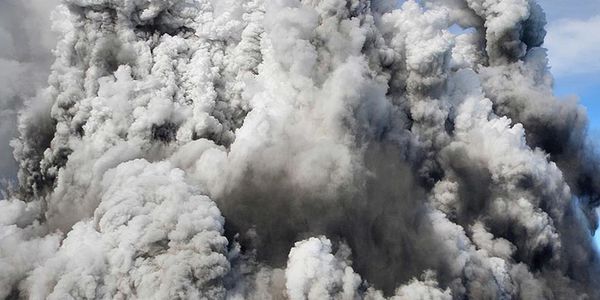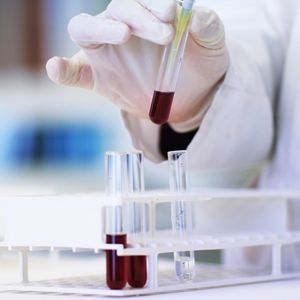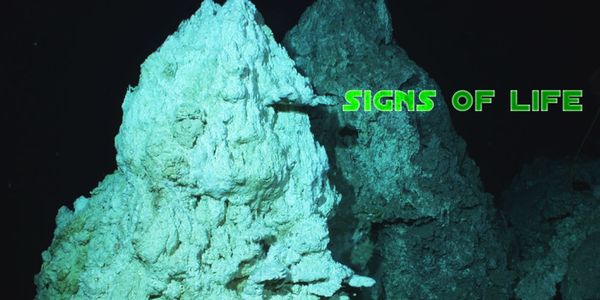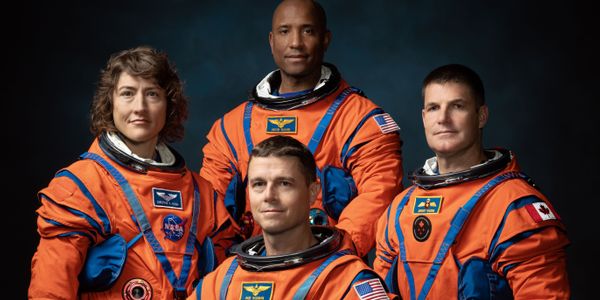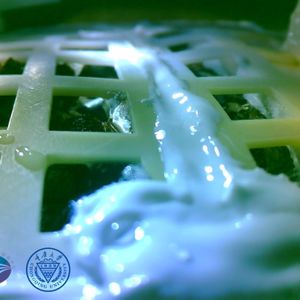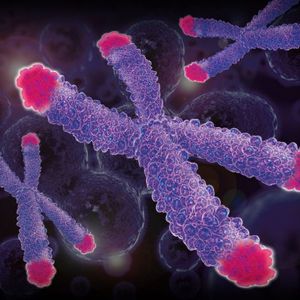Showing 6253 Results
SEARCH
Webinars
(17)
Virtual Events
(15)
Trending News
(768)
Content Tags
(3)
Users
(5423)
Scientific Products
(27)
-
If you were to ask any average Joe to describe what space is like in between all the planets in our solar system, they’d most likely reply with somet
JUN 03, 2016
Space & Astronomy
Astronomers are on a constant search for exoplanets that have the potential to support life. One of the things we look for are host stars that look a lot l
JUL 31, 2015
Space & Astronomy
The biggest obstacle in the quest to put manned missions into deep space has always been the time it takes to get there. With the current types of propulsi
FEB 16, 2016
Space & Astronomy
NASA is preparing for next-generation deep space travel with its ultra-advanced Orion spacecraft, which is presumably the safest human-rated spacecraft eve
SEP 10, 2015
Space & Astronomy
In mid-July, NASA’s New Horizons spacecraft flew past the dwarf planet Pluto and captured high detail photographs of the surface. Although New Horizo
MAR 06, 2019
Space & Astronomy
NASA’s InSight mission touched down on the Martian surface just over three months ago, and as you might come to expect, the lander has been somewhat
JAN 09, 2024
Space & Astronomy
In an unfortunate setback to NASA’s Artemis program, the space agency announced this morning that the Artemis II mission, which was originally schedu
What can samples collected from a comet almost 20 years ago tell us about the history of comets and our solar system? This is what a recent study published
JAN 20, 2020
Microbiology
Concrete is the second most widely consumed resource on the planet (after water), and it has a massive carbon footprint. It's been estimated that concr
MAR 04, 2019
Space & Astronomy
It was just at the end of last year that NASA divulged its plans to resume lunar-centric science operations. Perhaps one of the most striking components of
JUN 29, 2016
Space & Astronomy
Making a bigger and badder rocket that can take mankind further into space has always been a big desire of those at NASA, and we’re one step closer a
MAY 24, 2022
Earth & The Environment
Volcanic eruptions are one of the most awe-inspiring spectacles to witness. You are literally watching Earth at work as it spews out its insides onto the s
SEP 21, 2016
Earth & The Environment
Last year at this time a Dutch construction company called VolkerWessels released their plans to build roads from plastics recycled from ocean trash. The
OCT 30, 2024
Space & Astronomy
What materials can be produced from 3D printing for space exploration? This is what a recent study published in Additive Manufacturing hopes to address as
NOV 30, 2023
Space & Astronomy
Labroots recently shared key celestial events for November 2023 which offered skywatchers an opportunity to witness 16 days of events that included numerou
NOV 18, 2016
Earth & The Environment
In a plea addressed to Mr. Trump — as well as President Obama and members of Congress — 365 companies and major investors emphasized their &l
OCT 08, 2022
Space & Astronomy
David Handy is a PhD student in Biological Sciences at the Florida Institute of Technology (Florida Tech) studying how bacteria assists in plant growth
An astrophysicist from UC Riverside (UCR) recently examined “two notable gaps in planetary science”, as noted by Dr. Stephen Kane, who is a
